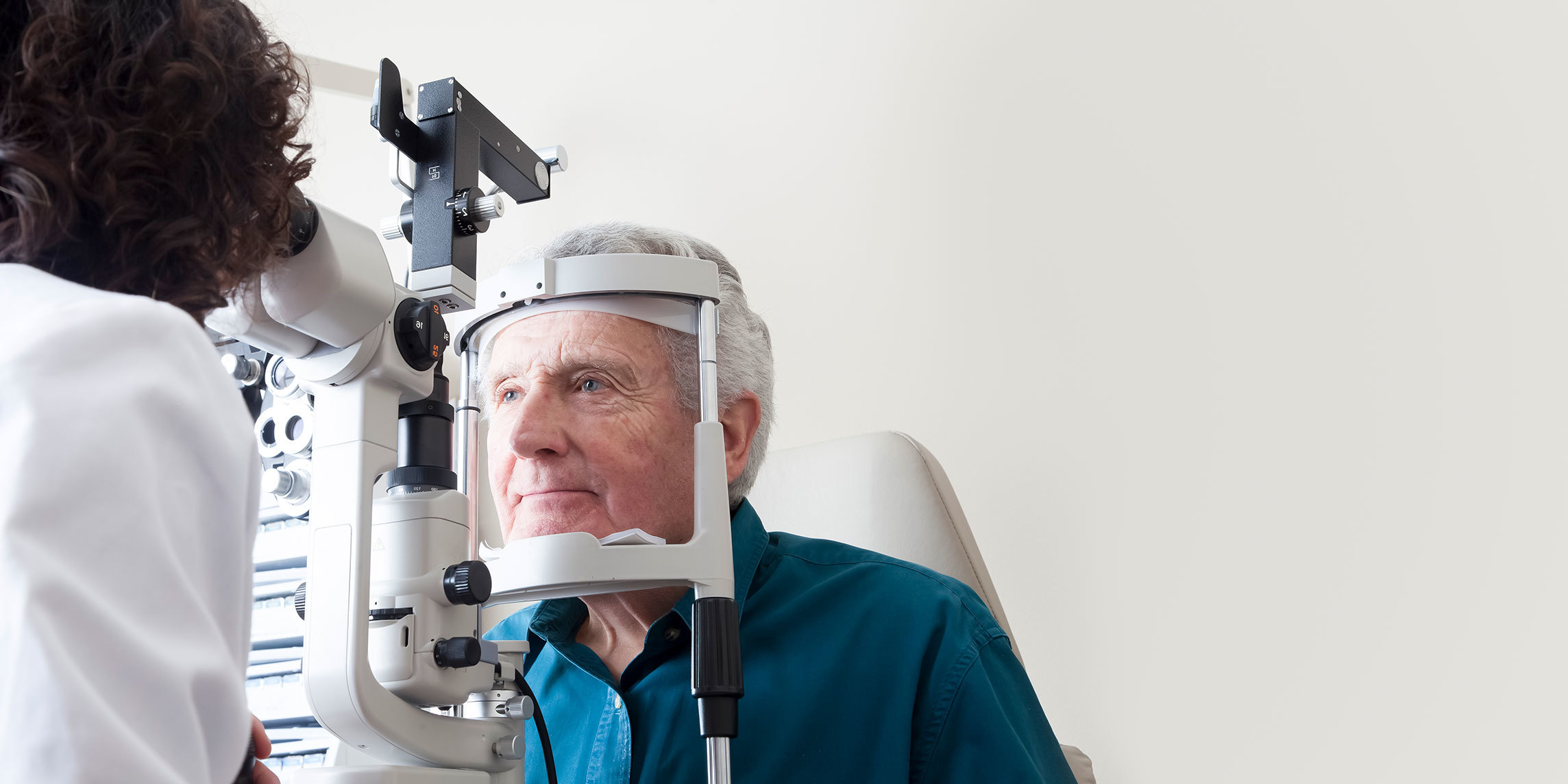About Visual Snow Syndrome
The underlying cause of visual snow syndrome remains unclear, but it is believed to be due to a problem with how your brain processes visual images. The flickering tiny dots associated with the condition are typically black and white, but they can be flashing, colored, or even transparent. Most people with visual snow syndrome see these tiny dots in both eyes all the time. Your symptoms may seem to worsen after long periods of looking at a screen or during times of high stress.
Symptoms of Visual Snow Syndrome
A number of signs and symptoms are associated with visual snow symptoms, and the condition can manifest in a variety of ways.
Symptoms of visual snow syndrome may include:
- Tiny, snow-like dots across the visual field
- Continuing to see an image after it is no longer in the field of vision (palinopsia)
- Difficulty seeing at night (nyctalopia)
- Fatigue
- Migraines
- Fatigue
- Ringing in ears
- Seeing images from within the eye itself (entoptic phenomena)
- Sensitivity to light (photophobia)
Risk Factors for Visual Snow Syndrome
Visual snow syndrome often indicates the presence of an underlying condition.
Risk factors for visual snow syndrome include:
- Comorbid conditions: ION is linked to nonspecific anxiety, dyslexia, autism spectrum disorder, and migraine with aura.
- Personal history: Stress and use of recreational and prescription hallucinogenic drugs may contribute to condition onset.
Treating Visual Snow Syndrome at UT Health Austin
A careful eye exam and additional tests including imaging may be used to determine if the visual disturbances are the result of an underlying condition. While there is no cure for visual snow syndrome, your ophthalmologist is well-versed in the most current, evidence-based treatment recommendations including lifestyle adjustments, medications, and more to control your symptoms and improve your overall quality of life.
Care Team Approach
At UT Health Austin, we take a multidisciplinary approach to your care. This means you will benefit from the expertise of multiple specialists across a variety of disciplines. Your care team will include fellowship-trained neuro-ophthalmologists, ophthalmic technicians, physician assistants, nurse practitioners, social workers, and more who work together to help you get back to the things in your life that matter most to you. We also collaborate with our colleagues at the Dell Medical School and The University of Texas at Austin to utilize the latest research, diagnostic, and treatment techniques, allowing us to identify new therapies to improve treatment outcomes. We are committed to communicating and coordinating your care with your other healthcare providers to ensure that we are providing you with comprehensive, whole-person care.
Learn More About Your Care Team

Mitchel and Shannon Wong Eye Institute
Health Transformation Building, 1st Floor
1601 Trinity Street, Bldg. A, Austin, Texas 78712
1-833-UT-CARES (1-833-882-2737)
Get Directions